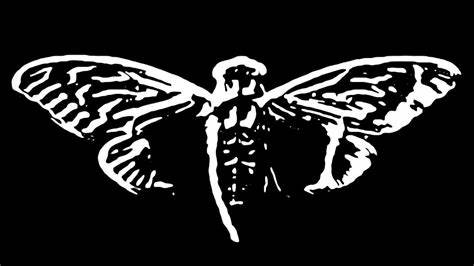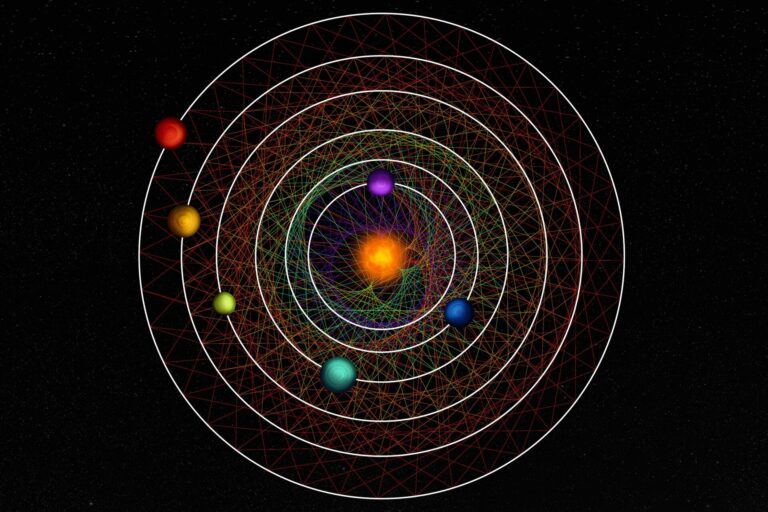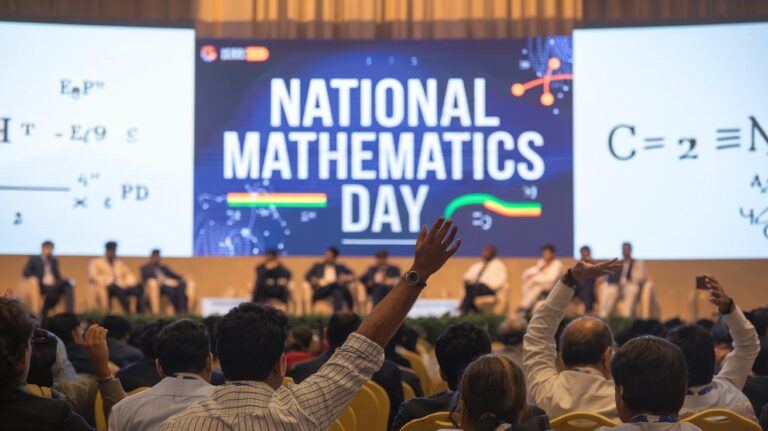Cicada 3301: The Enigma of the Internet’s Most Mysterious Puzzle

Imagine stumbling upon a cryptic message online-posted anonymously- that challenges you to “find highly intelligent individuals.” That’s exactly what happened on January 4, 2012, when a strange image was shared on forums like 4chan, sparking the start of a global enigma.
What is Cicada 3301?
Cicada 3301 began on January 4, 2012, when an anonymous message appeared on forums like 4chan. The message was simple but tantalizing: it challenged “highly intelligent individuals” to follow clues hidden within an image. Quickly, this sparked global intrigue, as users discovered that hidden within this image were clues requiring advanced knowledge in cryptography, steganography, literature, and number theory.
The mysterious entity behind Cicada, known only as “3301,” would return each January with new puzzles, each year more challenging than the last. The puzzles were multi-layered, blending internet-based clues with real-world scavenger hunts, where GPS coordinates led participants to physical locations across the world, including Spain, Russia, and the United States. These real-life coordinates, paired with online hints, created a global treasure hunt that was nearly impossible to resist for those intrigued by secrecy and complex problem-solving.
The projects within Cicada’s Puzzles
Solving Cicada’s challenges required a deep understanding of various fields. Here’s a breakdown of some notable projects and topics participants had to tackle:
- Cryptography and Steganography: Cryptography was central to Cicada 3301’s challenges. Solvers encountered various forms of encryption that demanded knowledge of both modern and historical encryption methods. Steganography—the art of concealing messages within images, sound, or other media—was also crucial. Many of Cicada’s clues were embedded within image files, where only those skilled in uncovering hidden data could progress.
- Programming and Decoding Techniques: Advanced coding skills were essential, as Cicada’s puzzles often required participants to write programs capable of decrypting or analyzing the provided data. The process also involved converting seemingly random numbers or codes into coherent text, which was only possible with strong analytical and programming abilities.
- Literature, Philosophy, and the Occult: Another surprising aspect was the inclusion of literary and philosophical references. Cicada’s puzzles often referenced works like The Marriage of Heaven and Hell by William Blake, Agrippa by William Gibson, and esoteric philosophies. Participants needed to understand not only the texts themselves but also how their themes might relate to the puzzle at hand. For instance, some clues involved deep philosophical questions or references to ancient cultures and religions, hinting that Cicada 3301’s creators valued intellectual depth and a broad perspective on human knowledge.
- Prime Numbers and Mathematics: Mathematics, especially prime numbers, frequently appeared in Cicada’s puzzles. Solvers would often encounter sequences and patterns that required knowledge of number theory to decode. Prime numbers, known for their foundational role in cryptographic security, were a recurring theme, aligning with Cicada’s probable interests in privacy and data protection.
The Purpose and Legacy of Cicada 3301
While many tried to solve the puzzles, only a select few reached the final stages. Cicada never revealed its true intentions publicly, but a leaked message from the group in 2012 described them as an “international group” opposing censorship and advocating for privacy. They emphasized that their purpose was not fame or money but rather the recruitment of like-minded individuals who could contribute to their ideals.
Some believe Cicada 3301 was connected to government intelligence agencies, while others argue it was an underground hacker group or intellectual society dedicated to anti-establishment principles. However, there has been no definitive evidence tying Cicada to any known organization. Its ideologies, however, align with those of groups like Anonymous and the broader crypto-anarchy movement, which emphasize digital privacy, autonomy, and resistance against censorship.
The Enduring Mystery
Cicada’s puzzles ceased around 2014, but its legend continues to fascinate cryptography enthusiasts and conspiracy theorists alike. Many continue to speculate about its origins, purpose, and whether it might someday reappear. Cicada 3301 exemplifies the power of the internet to bring together people from all over the world to tackle complex, intellectual challenges. It also raises important questions about privacy, intelligence recruitment, and the allure of the unknown in our digital age.
For those interested in technology and cryptography, Cicada 3301 remains a captivating case study, a real-world example of how digital puzzles can create a global phenomenon, tapping into the mystery, secrecy, and challenge that so many are drawn to in the age of information.





